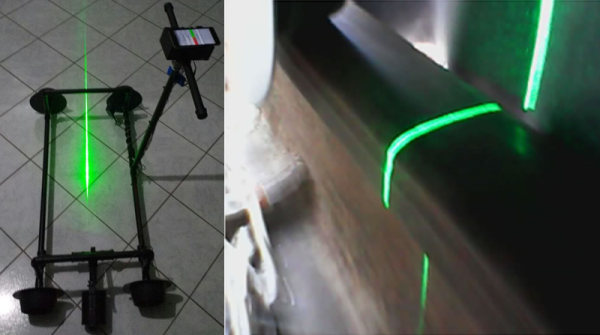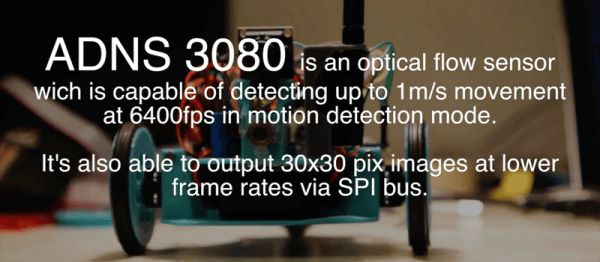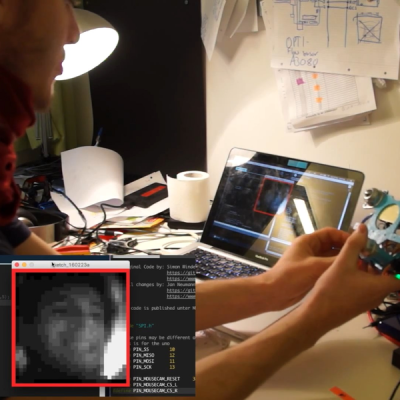[Calango] is a railway technician, and for a school final project created the Rail Wear Surveillance Trolley (RWST) which is a delightfully designed device made mainly from PVC conduit with one job: travel down a segment of train track while shining a green laser onto the rail, and capture camera images. The trolley holds both the laser and the camera at just the right angles for the camera to capture a profile of the rail’s curved surface. The images are sent via Bluetooth to a smartphone for later analysis. Rail wear can be judged by checking how well the profile of the rail conforms to the ideal profile of an unworn segment. The trolley is manually pushed by an operator, but [Calango] says that ideally, it would be self-propelled and able to inspect a length of the track then return on its own.
The project was made on a tight budget, which led to some clever solutions like using a rotary encoder attached to a wheel as a makeshift distance sensor. If things get desperate enough, it’s even possible to roll your own rotary encoder with a 3D printer and two microswitches.














